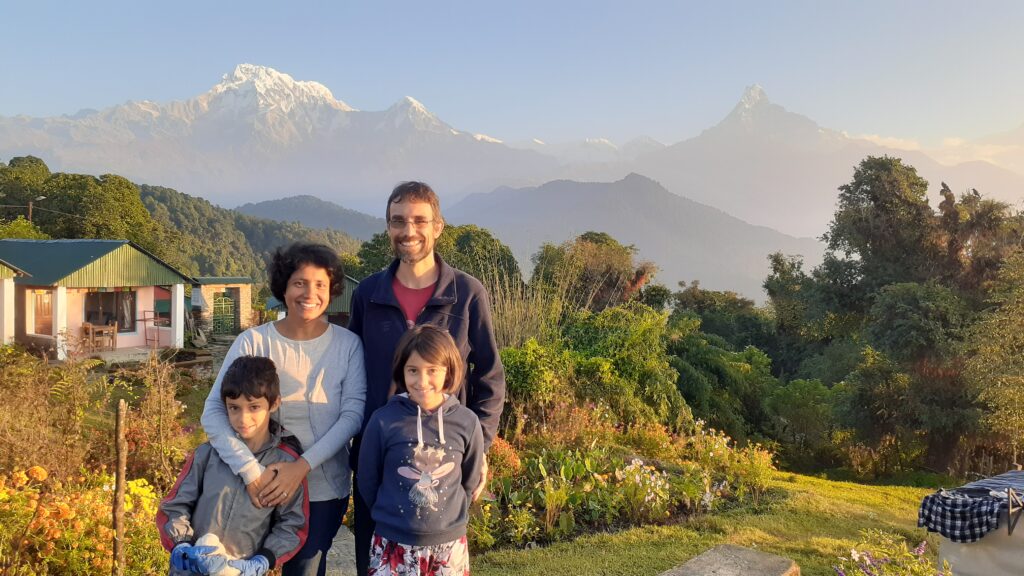The Price of Milk
By Richard Storey, Nepal
Richard Storey was involved in the establishment of A Rocha Aotearoa New Zealand in 2008 and has remained involved over the years especially in the areas of governance, theology and churches, and practical conservation. Richard recently stepped down as an A Rocha trustee as he is now based at the Kathmandu University in Nepal as a Postdoctorate Researcher, working with Nepali scientists to study the ecology of the nine lakes in the Pokhara Valley and how to manage them. We thank Richard for his involvement with A Rocha over the years. Richard shares a story from Nepal for our reflection below.

The price of milk (and its value)
One of the first things we wanted to learn when we moved to Nepal was how much things cost. Not just to avoid getting overcharged, it was a way to get a feel for the value of different items in our new community. But does the price really tell us the value of things? Take milk. Our family consumes it in bucket loads, so every few days I buy another four half-litre bags. At 40 rupees (US 35 cents) a bag, I used to give it hardly a thought. Until we met Babu Ram in a small village nearby.

Babu Ram supports his wife and two sons by selling milk from his four cows. When we met him at 5am, still in darkness, a fire was already warming his cows’ breakfast of broth and he was tugging at their udders. It looked like easy work, but when I tried, I had to quit after five minutes, my hands aching. It takes an hour to fill the buckets. After running the milk down to the dairy co-op, we gently washed each cow by hand, using handfuls of hay as brushes. By hand we scooped each cow pat from the cowshed floor, carefully transferring it to a compost pile for the garden. After a huge plate of rice and dhal, the hard work began. In a small forest clearing Babu Ram and I cut grass with hand sickles for four fours in the hot sun. Hoisting 30-50 kg bundles of cut grass on our backs, a strap around our foreheads to spread the weight, we plodded up the hill to fill the feeding trough. Happy cows. Fetch the remaining bundles, two hours’ rest, then the evening milking. We returned from the co-op after dark. The day’s milk had brought Babu Ram 1000 rupees (US$9). Lying exhausted in our guesthouse I thought about the rate our family devours milk and the 40 rupees a bag we pay for Babu Ram’s care and toil.
Does the price we pay in the supermarket for our daily food cause us to appreciate the people, animals and ecosystems that bring it to our plates? If not, what else could we do to honour these good gifts of God’s earth? Maybe simply to take a little longer saying grace, remembering those who have provided it? Why not discuss with those you share your next meal with.
